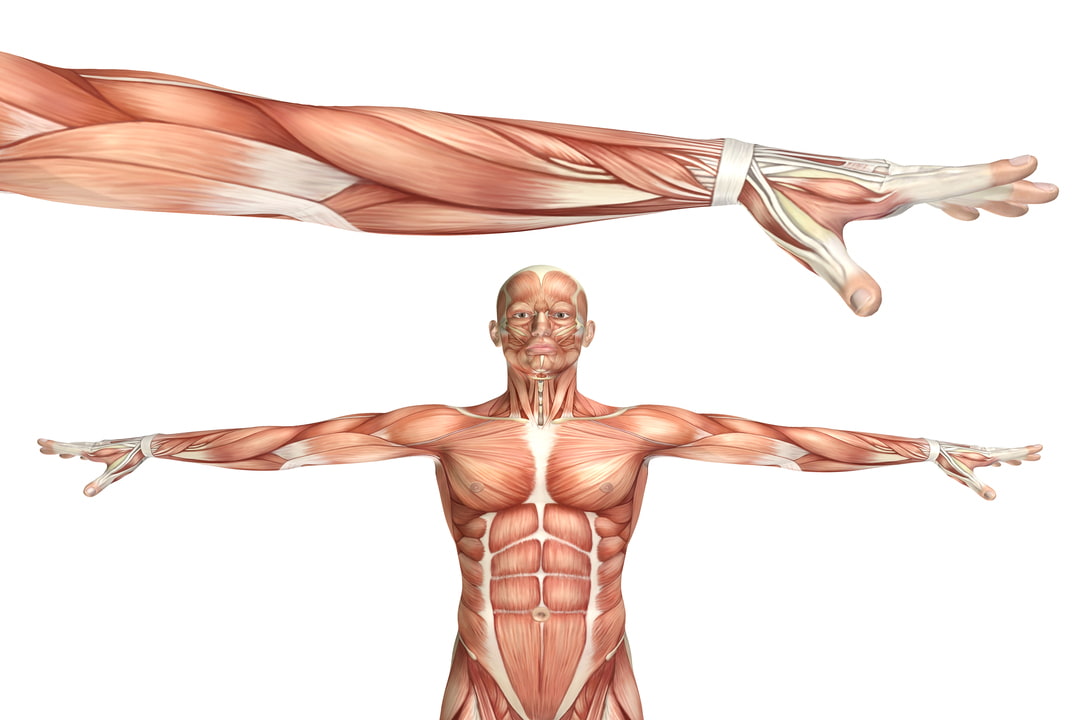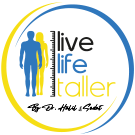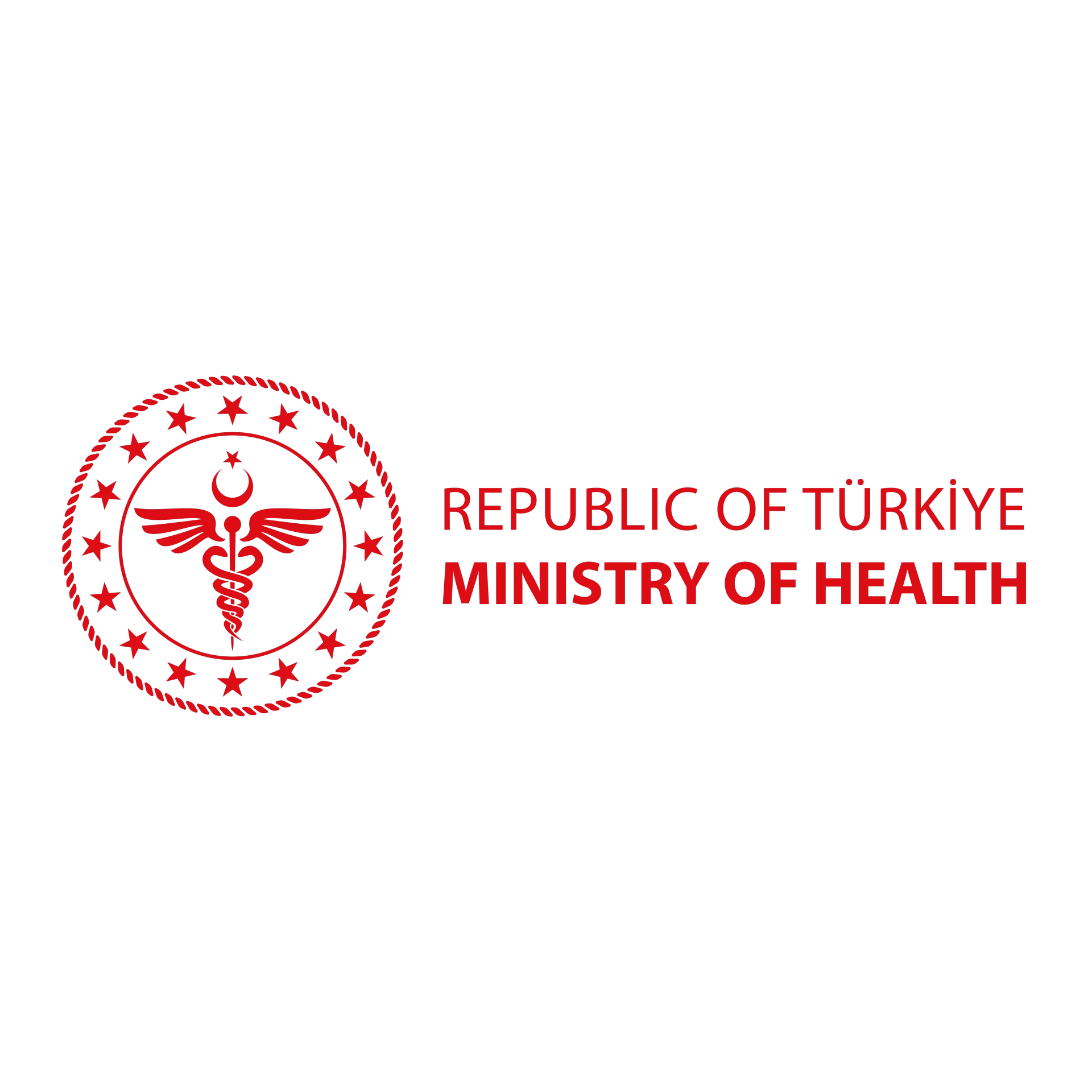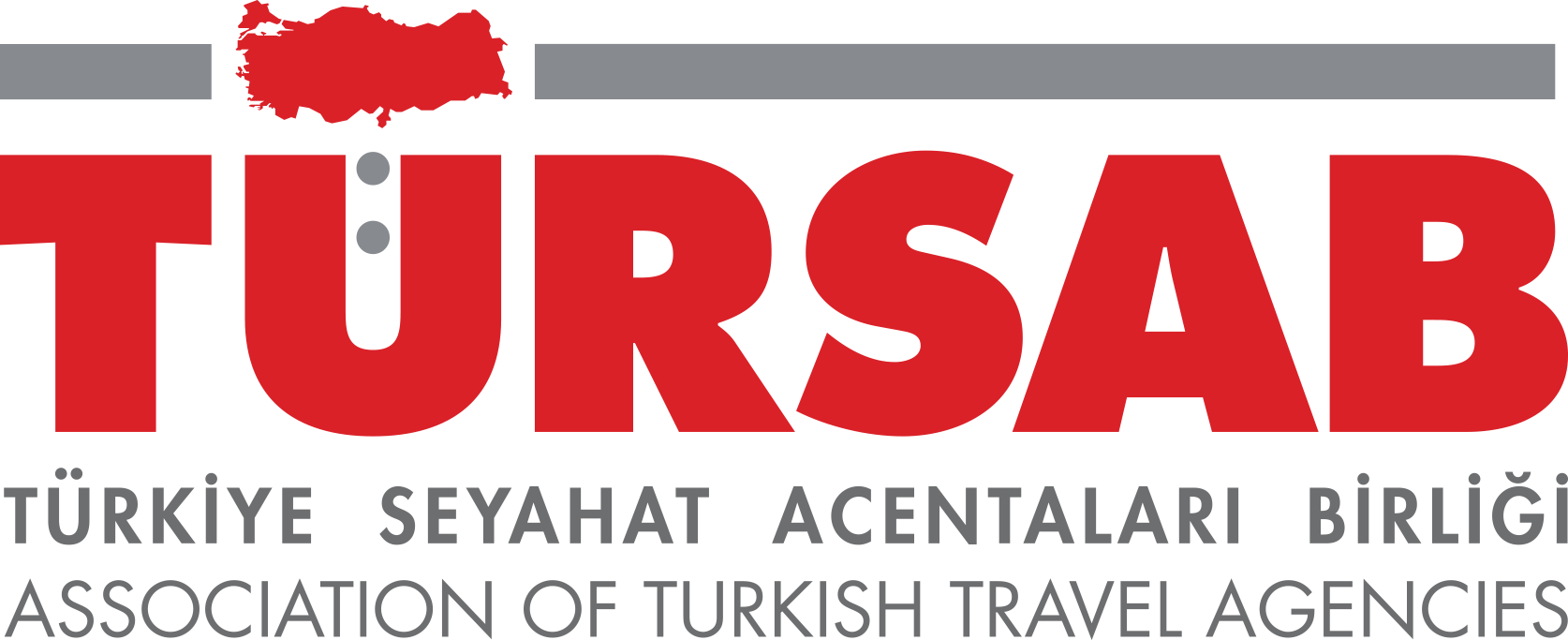
Hypochondroplasia is a genetic disorder that affects bone growth, leading to short stature, commonly referred to as hypochondroplasia dwarfism. It is considered a milder form of dwarfism hypochondroplasia compared to achondroplasia, with individuals often having proportionate bodies but shorter limbs. Mild hypochondroplasia may sometimes go unnoticed or be mistaken for familial short stature, but in other cases, the condition can be more apparent, affecting the arms, legs, feet, and hands. Many people ask, “what is hypochondroplasia?”, as it is a lesser-known form of dwarfism compared to other types.
What Are the Symptoms of Hypochondroplasia?
Hypochondroplasia symptoms are primarily characterized by short stature. Individuals with the condition typically have a shorter trunk, arms, and legs than the average population. Other symptoms may include:
- Shortened limbs, particularly the arms and legs.
- A relatively large head compared to body size, though not as pronounced as in achondroplasia.
- Broad and short hands and feet.
- Limited elbow movement.
- Curved lower spine (lordosis).
- Bowed legs.
- Potential delays in motor skills development, such as walking.
In some cases, individuals with undiagnosed hypochondroplasia may experience mild intellectual disabilities or learning difficulties, but this is not always present.
How is Hypochondroplasia Diagnosed?
Hypochondroplasia diagnosis is often made during early childhood when growth abnormalities become more noticeable. Pediatricians may measure a child’s growth and compare it to standard height charts. X-rays of the bones are often used to detect characteristic signs, such as shorter and wider bones in the limbs.
In addition, genetic testing can confirm the diagnosis by identifying mutations in the FGFR3 gene, which is responsible for causing hypochondroplasia. However, in some cases, individuals may go undiagnosed, especially if their symptoms are mild or similar to those of other growth disorders.
What Causes Hypochondroplasia?
The primary answer to what causes hypochondroplasia lies in genetic mutations. Hypochondroplasia is caused by mutations in the FGFR3 gene, which plays a role in bone growth and development. These mutations lead to impaired bone growth, particularly in the long bones, causing shortened stature. This condition is typically inherited in an autosomal dominant manner, meaning that a child can inherit the disorder from just one parent with the gene mutation.
In some cases, hypochondroplasia occurs as a spontaneous mutation, meaning there is no family history of the disorder, and the condition arises as a new mutation in the individual.
Can Hypochondroplasia Be Treated?
While there is no cure for hypochondroplasia, various treatments can help manage the symptoms and improve quality of life. Hypochondroplasia treatment typically focuses on addressing complications such as bone deformities, mobility issues, and developmental delays. Some common treatment options include:
- Physical therapy: Helps improve strength, flexibility, and mobility, particularly in the arms, hands, and legs.
- Surgery: In more severe cases, surgery may be performed to correct bone deformities or to lengthen the limbs. Limb lengthening surgery is an option for
- individuals with hypochondroplasia who want to gain additional height.
Occupational therapy: Can assist individuals in developing daily living skills, especially if their hands or feet are significantly impacted.
It is essential for individuals with hypochondroplasia to receive regular medical care to monitor any complications, such as spinal issues or joint problems.
What is the Average Height in Hypochondroplasia?
The hypochondroplasia average height varies depending on the severity of the condition. Generally, adults with hypochondroplasia tend to be between 4’6″ (137 cm) and 5’5″ (165 cm) tall, which is shorter than the average population but taller than individuals with achondroplasia.
Hypochondroplasia Arms
Individuals with hypochondroplasia often have shorter arms in proportion to their bodies. This hypochondroplasia arms can affect the range of motion and flexibility, especially in the elbows, where movement may be restricted. Physical therapy can help improve flexibility and strength in the arms.
Hypochondroplasia Feet
Hypochondroplasia feet are typically broader and shorter than average. Some individuals may experience issues with balance or walking due to the shape of their feet. In some cases, custom orthopedic shoes or foot orthotics may be recommended to improve comfort and mobility.
Hypochondroplasia Hands
People with hypochondroplasia tend to have short, broad hands with stubby fingers. While this hypochondroplasia hands doesn’t generally cause functional issues, some individuals may experience difficulty with fine motor skills, which can be improved through occupational therapy.
Hypochondroplasia can significantly impact an individual’s physical development, but with appropriate care and treatment, many people with the condition lead fulfilling lives. Early diagnosis and intervention can help manage symptoms and improve overall quality of life.

Op. Dr. Halil Buldu
Orthopedic Surgeon and specialist in Limb Lengthening & Deformity Correction with over 14 years of experiences
Author Page


